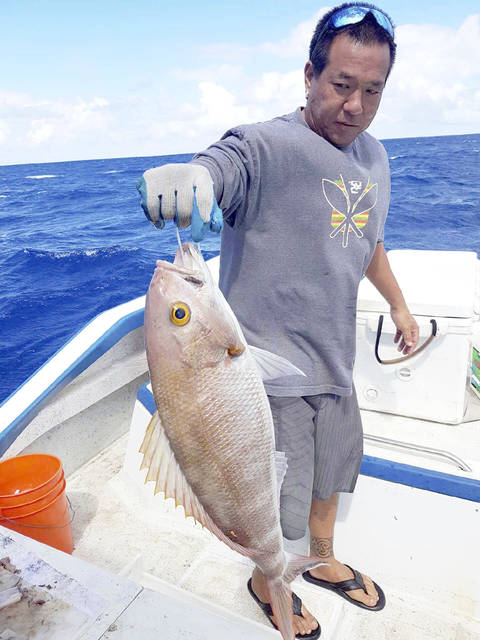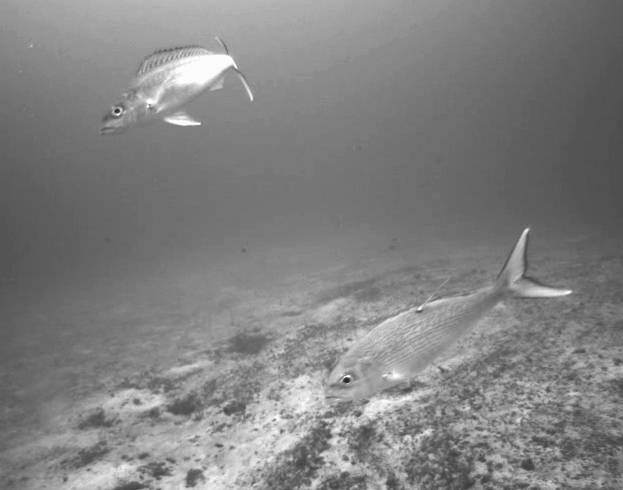LIHUE — There’s still plenty of opakapaka in Hawaii’s waters, according to a recently released federal assessment of Hawaii’s Deep 7 bottomfish stock.
And that’s good for both pocketbooks and dinner plates according to the National Oceanic and Atmospheric Administration’s Pacific Islands Fisheries Science Center, which studies the fish every three years.
“Opakapaka (Hawaiian pink snapper) is caught most often, so that one is definitely popular,” said Brian Langseth, mathematical statistician on the NOAA Stock Assessment Program.
He continued: “Onaga is the next most commonly caught fish. Both are good eating and those are the two kind of major players in this fishery.”
The Hawaii bottomfish fishery consists of snappers and groupers at depths of 1,200 feet and there are seven star species in the fishery that are monitored, according to the Western Pacific Fishery Management Advisory Council.
Those species are opakapaka (pink snapper), onaga (longtail snapper), ehu (squirrelfish snapper), kalekale (Von Siebold’s snapper), gindai (Brigham’s snapper), lehi (silverjaw snapper), and hapu‘upu‘u (Seale’s grouper).
These bottomfish account for more than half of the total domestic commercial catch, according to NOAA and rake in millions of dollars annually with popularity in restaurants and at special occasions throughout the state.
The last assessment of the bottomfish stock was done in 2015 and results pointed to a stable fishery where stock wasn’t overfished and was healthy.
Since the 2015 survey, the number of bottomfish has increased, according to Langseth, and the numbers for the Deep 7 point to a robust population.
The survey, done every three years, combines information garnered from fisheries, which require fishermen to report their catches, as well as through workshops with fishermen throughout the state.
New tools for the scientists this time around included using data from the bottomfish fishery-independent survey, completed annually, and the use of the Modular Optical Underwater Survey System, or MOUSS.
It’s a system that NOAA uses for projects nationwide and is useful for data gathering across multiple topics and Langseth said the use of MOUSS in the assessment helped out the project.
“It’s always nice to have additional sources of information and it, along with the fishery information, shows that the stock is healthy,” Langseth said.



